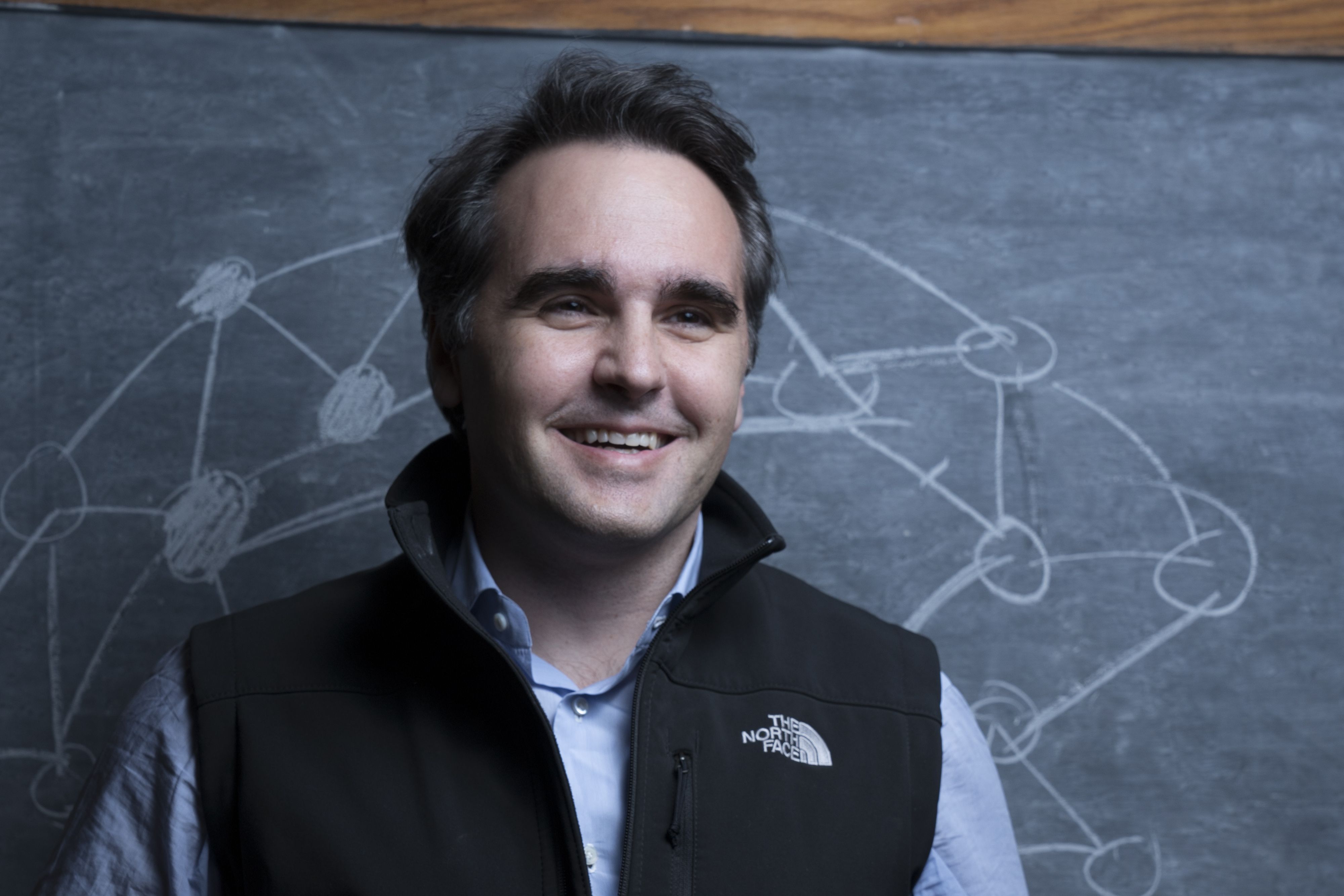Approximately 100,000 Americans die each year due to medical errors and recent studies have found that 10 to 15% of all clinical decisions regarding patient diagnosis and treatment are wrong.
A team of researchers led by Damon Centola, professor and director of the Network Dynamics Group at the Annenberg School for Communication, has found a simple, effective way to reduce errors in patient diagnosis and treatment: use structured networks to connect clinicians with other clinicians.
In a study published in the journal Proceedings of the National Academy of Sciences (PNAS), the researchers shared results from a multiyear study involving nearly 3,000 doctors across the United States.
The team found that when presented with a case study and asked to provide diagnosis and treatment recommendations for a patient, clinicians who were shown the diagnostic decisions of their peers on an anonymous basis, were on average twice as accurate in their recommendations than clinicians who made decisions on their own. Simply put, doctors make fewer errors when they have a support network.
“The big risk with these information-sharing networks,” says Centola, who is the Elihu Katz Professor of Communication, Sociology, and Engineering, “is that while some doctors may improve, there could be an averaging effect that would lead better doctors to make worse decisions. But, that’s not what happens. Instead of regressing to the mean, there is consistent improvement: The worst clinicians get better, while the best do not get worse.”
Over the course of several months, the researchers tested clinicians’ treatment and diagnostic decisions through an app that they built and distributed on Apple’s App Store specifically for this purpose.
Every clinician was randomly assigned to one of two groups: either a control group whose members answered all questions in isolation, or an experimental group in which participants were connected in a social network with other anonymous clinicians whose responses they could see.
The researchers found that the overall accuracy of clinicians’ decisions increased twice as much in the networks as in the control groups. Moreover, among the initially worst performing clinicians, the networks produced a 15% increase over controls in the fraction of clinicians who ultimately made the correct recommendation.
“We can use doctors’ networks to improve their performance,” says Centola. “Doctors talk to each other, and we’ve known that for a long time. The real discovery here is that we can structure the information-sharing networks among doctors to substantially increase their clinical intelligence.”
This story is by Hailey Reissman. Read more at Annenberg School for Communication.








